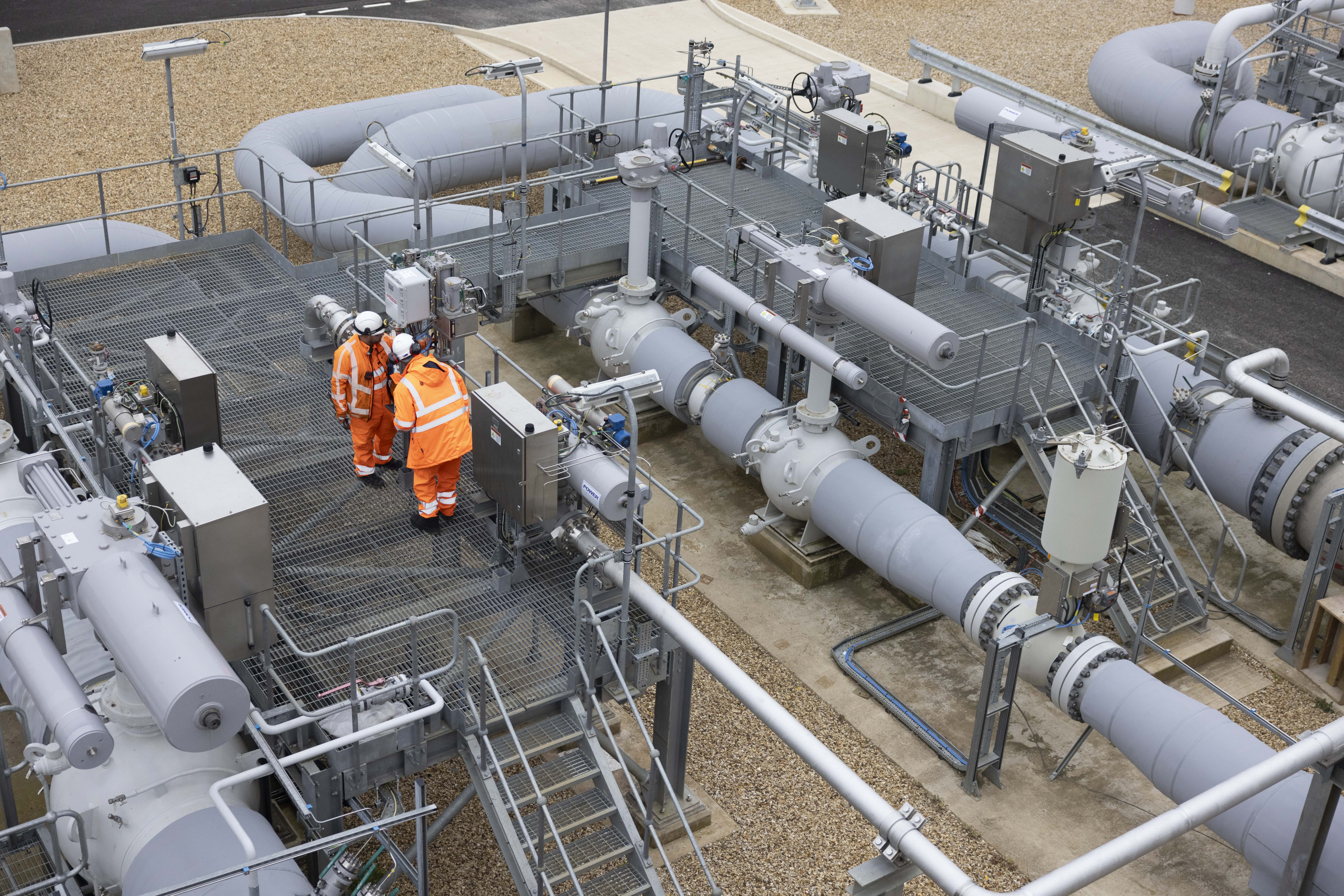SYSTEM OPERATION
Gas Quality
National Gas monitors the quality of gas at entry points to the National Transmission System (NTS). As a gas transporter, we are required by the Health and Safety Executive (HSE) to ensure that the content and characteristics of gas transported in the NTS remain within certain limits.
Maintaining safe and consistent gas quality standards
The limits for gas content and characteristics are set out in the Gas Safety (Management) Regulations 1996 (GS(M)R), as amended by the Gas Safety (Management) (Amendment) Regulations 2023. They are designed to ensure that gas burns safely and consistently, and to ensure that gas pipework is not exposed to contaminants or corrosives.
We monitor the content and characteristics of gas very closely at system entry points and specified blending points. We can request that flows of gas are reduced or stopped if we detect characteristics outside the GS(M)R specification.
How we determine gas quality
Natural gas is made up of several component gases and is therefore subject to variation. It is the responsibility of the party delivering gas to the NTS to ensure that it meets the required specification. Measurements of the relevant parameters are taken regularly at each entry point and transmitted to the National Gas control room to enable us to perform this important system control function.
For details of the current GS(M)R specified range, please visit: The Gas Safety (Management) (Amendment) Regulations 2023 (legislation.gov.uk)
There are other gas quality parameters that are important for us to monitor, for which specific values are not stated in GS(M)R. These include hydrocarbon, water dewpoint and carbon dioxide content. We include all of these in our indicative NTS gas quality specification.
Our NTS gas quality specification is contained within our Network Entry Agreement (NEA) template found in our document Library | National Gas
Calorific value (CV) information
You can view or download calorific value (CV) information for different charging zones in our Gas Data Portal.

